Order Chiroptera Subfamily MyotinaeTate, 1942 | Phylum Chordata Family Vespertilionidae Scientific name Myotis Rank Genus | |
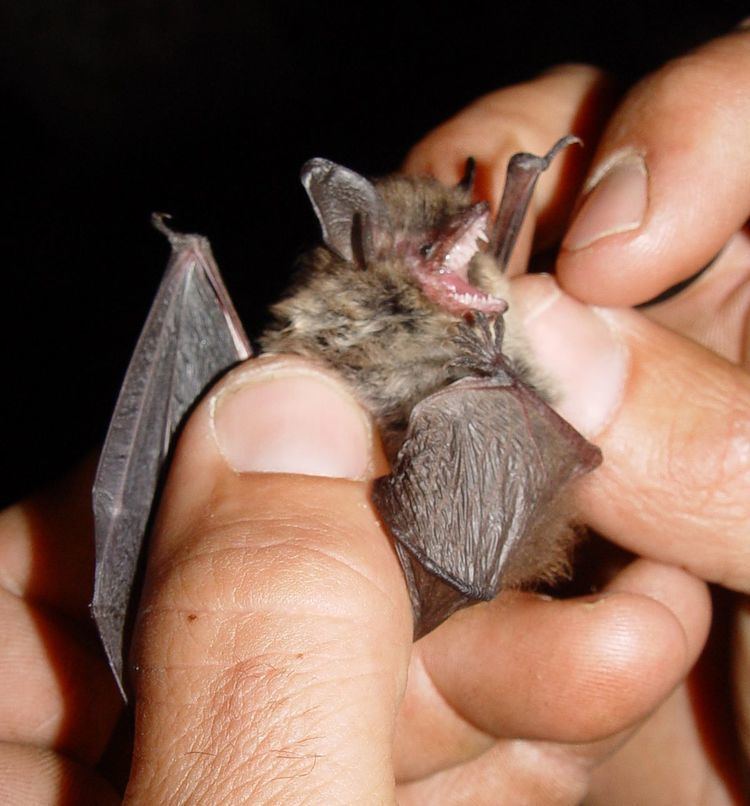 | ||
Lower classifications Greater mouse‑eared bat, Little brown bat, Daubenton's bat, Natterer's bat, Whiskered bat | ||
Greater mouse eared bat
The mouse-eared bats (Myotis) are a diverse and widespread genus of bats within the family Vespertilionidae.
Contents
- Greater mouse eared bat
- The greater mouse eared bat
- Relationships
- Characteristics
- Species
- Literature cited
- References
The greater mouse eared bat
Relationships
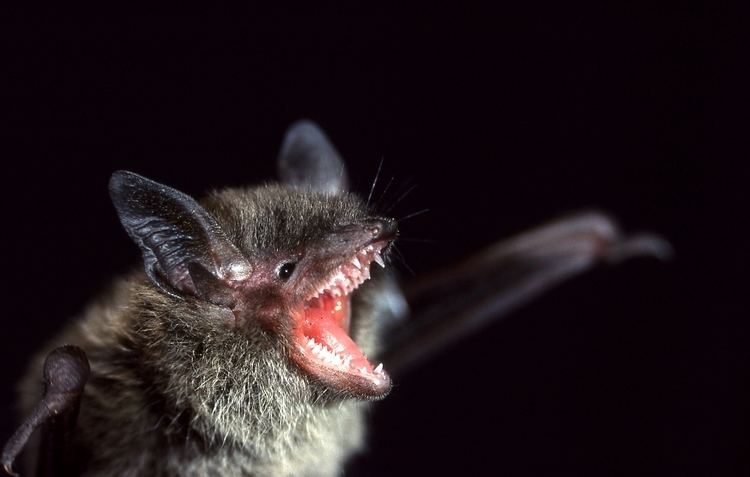
Myotis has historically been included in the subfamily Vespertilioninae, but was classified in its own subfamily, Myotinae, by Nancy Simmons in 1998. In her 2005 classification in Mammal Species of the World, Simmons listed the genera Cistugo and Lasionycteris in Myotinae in addition to Myotis itself. However, molecular data indicate that Cistugo is distantly related to all other Vespertilionidae, so that it was reclassified into its own family Cistugidae, and that Lasionycteris belongs in Vespertilioninae. Thus, Myotis is the only remaining genus within Myotinae.
Characteristics
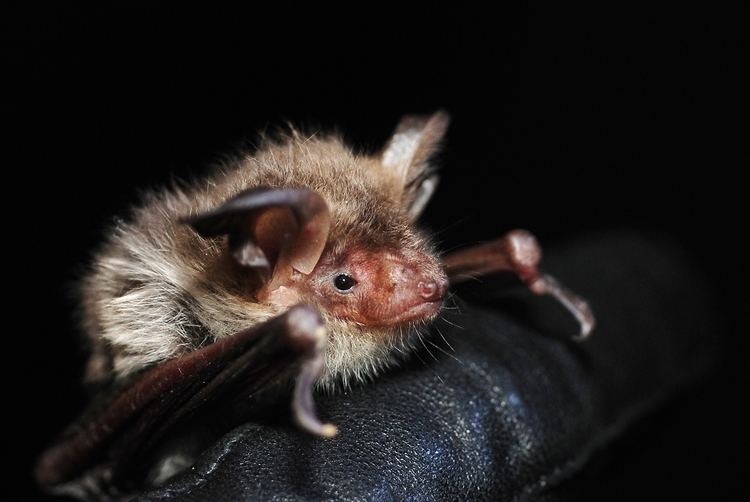
Ears are normally longer than they are wide, with a long and lance-shaped tragus, and thence the English and zoological names (in Greek, myotis and myosotis mean "mouse-ear"). The species within this genus vary in size from very large to very small, with a single pair of mammary glands.
Species
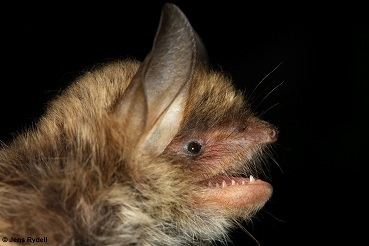
Traditionally, Myotis has been divided into three large subgenera—Leuconoe, Myotis, and Selysius. However, molecular data indicate that these subgenera are not natural groups, but instead unnatural assemblages of convergently similar species. Instead, Myotis species largely fall in two main clades, one containing Old World and the other New World species. However, the Asian species Myotis latirostris falls outside the clade formed by these main groups, and may represent a separate genus, and the Eurasian Myotis brandtii is related to New World species.
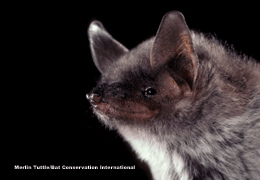
Myotis is a highly species-rich genus, and the classification of many species remains unsettled. In the below list, all differences in taxonomy from the 2005 third edition of Mammal Species of the World, are indicated in footnotes.
